“It was a little more than a week later. After about a week I noticed that that testicles got bigger, at first I thought it was just another perk of having the genetics I have, I stopped thinking that when it got harder to sit down,” said Joaquín, now a 21-year-old undergraduate in his third year at Colorado States University. Many teenagers do not really think of having a sexually transmitted disease (STD) as being a big deal, but for Joaquín, having an STD changed his view on what sex really meant.
As defined by Mayo Clinic Staff, a sexually transmitted disease (STD) or sexually transmitted infection (STI) is acquired through an exchange of blood, semen, vaginal or other bodily fluids. The difference between an STD and an STI is that an STD is a viral infection cannot be cured but it can be treated. STD’s include HIV, genital warts and herpes. An STI, which can include gonorrhea, chlamydia and syphilis, is a bacterial infection that can be cured.
Joaquín was a 17-year-old high school senior at a party, intoxicated, when he had unprotected sex with a girl who was also intoxicated. “It was at the beginning of the [following] week that my testicles got bigger,” recalls Joaquín. “[It was] In the middle of that week when all the pain started with the urinating and the testicular pain started. After going through the rest of the week with this, I figured something had to have happened. This is when I got my mom to take me to the doctor’s office. After I described the pains, the doctor told me is sounded like I had and STD, specifically gonorrhea.”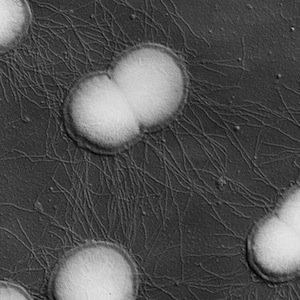
Based on the Centers for Disease Control and Prevention (CDC), some of the symptoms of gonorrhea, if they show up, can be a burning sensation when urinating, or a white, yellow or green discharge from the penis that usually appears 1 to 14 days after infection. Sometimes men with gonorrhea get painful or swollen testicles. Women may or may not experience a painful or burning sensation when urinating, increased vaginal discharge, or vaginal bleeding between periods. Women with gonorrhea are at risk of developing serious complications from the infection, even if symptoms are not present or are mild.
According to Progressive Health Services, gonorrhea has been detected as early as 2-3 days after sexual intercourse, but testing is most accurate 7-10 days after being infected. Gonorrhea is commonly diagnosed using a urine test or samples can be collected, using a swab, from the throat, rectum, or a man’s urethra or a woman’s cervix, according to the CDC, .
Based on the CDC’s Sexually Transmitted Disease Surveillance, there were 334,826 people who reported that they had gonorrhea in 2012. Of those reported, 24% were between the ages of 15-19. The CDC also noted an increase of 4.1% people with gonorrhea since 2011.
According to the World Health Organization, there are three methods for diagnosing an STI: microscopy, which is identifying the type of bacteria underneath a microscope; microbiological culturing, which is growing the bacteria under controlled laboratory conditions; and nucleic acid amplification test, which tests antibodies in order to detect a virus of bacterium.
Rebecca Sunshine, the Online Engagement and Graphics Coordinator for Planned Parenthood of the Rocky Mountains stated,” But the important thing is to remember that getting tested is a very simple process, the majority of STD testing that we do in our health centers is either a finger prick or a urine test.”
Fortunately for Joaquín, he contracted an STI, meaning it could be completely cured with antibiotics. According to the National Institutes of Health, antibiotics are powerful medicines that are used to fight off bacterial infection. Antibiotics cannot fight infection caused by viruses.
“The doctor… told me it was important that I finish the entire prescription even if I felt better quickly.” Fortunately, Joaquín was able to treat his gonorrhea with the antibiotics he was prescribed by the doctor.
If Joaquín had not chosen to get tested it could have led to serious health problems. The University of Illinois at Urbana-Champaign says that not getting an STI treated can lead to reproductive organs being damaged, infertility in both men and women, pregnancy complications, more serious infections, and transmitting the disease to newborns during childbirth.
The CDC mentions that gonorrhea can be prevented through the use of Latex condoms, which prevent the exchange of semen and vaginal fluids during intercourse. The best ways to prevent getting or giving gonorrhea is to not have sex or “to be in a long-term, mutually monogamous relationship.”
| Related story: The Secret Number One |
“I am completely clean now,” stated Joaquín. After completing the prescription given by his doctor, Joaquín got tested for a second time. After learning he was STI free, Joaquín made the conscious choice to not have sex until he was married reflecting on the fact that, “The doctor made it very clear that there would always be the chance that I could catch gonorrhea again or catch another STD.” Richard Dominique

This work is licensed under a Creative Commons Attribution-NonCommercial-NoDerivs 3.0 Unported License


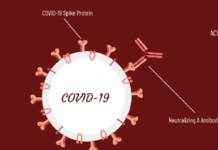
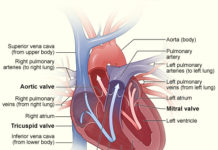
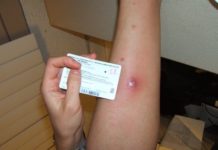
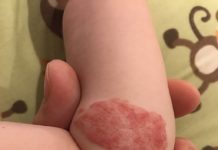

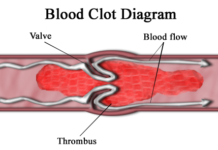






whoa . . . your article may have many thinking twice about an impulse fling – yikes! Nice work!